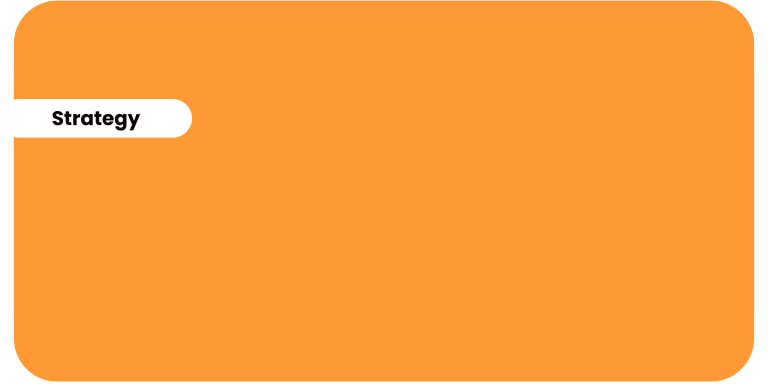Maximizing brand engagement across the buyer journey
Tackling challenges & unlocking opportunities
In today’s competitive marketplace, fostering robust brand engagement throughout the buyer journey is essential for building trust, loyalty, and driving conversions. From the initial awareness stage to post-purchase interactions, each touchpoint offers an opportunity to deepen the customer relationship. However, marketers often face challenges such as fragmented systems, lack of comprehensive analytics, and difficulties in personalizing interactions. To overcome these obstacles and enhance brand engagement, consider implementing the following strategies:
1. Integrated Customer Relationship Management (CRM) Systems
Utilizing integrated CRM platforms like HubSpot or Salesforce allows for a unified view of customer interactions across various channels. By consolidating data, marketers can identify purchasing patterns and tailor communications accordingly. For instance, recognizing a customer’s preference for a specific product enables the delivery of targeted promotions, thereby strengthening brand engagement and fostering loyalty.
2. AI-Powered Personalization
Artificial Intelligence (AI) facilitates hyper-personalization by analyzing user behavior and preferences. Implementing AI-driven strategies can enhance brand engagement through:
- Recommendation Systems: Suggest products based on browsing history and past purchases.
- Personalized Shopping Experiences: Customize website content and layout to align with individual customer profiles.
- Chatbots and Customer Service: Provide instant, personalized assistance to guide customers through their journey.
- Dynamic Pricing: Adjust prices in real-time based on market demand and customer behavior.
- Predictive Analytics: Anticipate customer needs, such as restocking reminders, to encourage repeat purchases.
3. User-Generated Content (UGC)
UGC, including reviews and social media interactions, offers authentic insights into customer perceptions. According to a Stackla survey, 79% of consumers state that UGC significantly influences their purchasing decisions, compared to only 13% for brand-created content. Moreover, consumers are 2.4 times more likely to view UGC as authentic than brand-generated content. Encouraging and showcasing genuine customer content can substantially boost brand engagement and trust.
4. Email Marketing Optimization
Personalizing email content based on historical data, such as purchase history and location, can increase engagement and conversion rates. For example, Matas implemented a new engagement model for their 1.8 million loyal members, discovering that enhancing member engagement led to a significant revenue increase. By moving just 1.5% of members to a higher engagement tier, they projected a €13 million revenue gain, highlighting the impact of targeted email strategies on brand engagement.
5. Interactive Content and Gamification Marketing
Interactive campaigns and gamification can create engaging customer experiences while collecting valuable first-party data. Activewear retailer EYDA utilized gamified marketing to generate leads and strengthen brand awareness. Their “Fit for Every Body” quiz attracted 12,000 participants from 15,000 unique visitors, achieving an 80% conversion rate. With a daily spend of approximately €40, EYDA’s cost per lead was €0.30, 35% lower than their usual Meta ads. This approach not only enhanced brand engagement but also provided insights into customer preferences. Read more about this brand business case here.
6. Omnichannel Communication
Creating a seamless omnichannel experience is vital for consistent brand engagement. Nordic electronics giant POWER exemplifies this through their monthly live shopping broadcast, POWER TV LIVE. By integrating live streaming on their website and social media channels, they showcase products and engage viewers through interactive elements like the Wheel of Fortune. Their live streams attract 30,000 to 140,000 viewers, with approximately 70% actively engaging, thereby boosting their content’s visibility and reach. Read more about the POWER business case here.
Optimizing brand engagement across the buyer journey requires a shift from traditional, static approaches to dynamic, personalized strategies. By embracing integrated systems, AI-powered personalization, user-generated content, interactive campaigns, and omnichannel communication, brands can forge lasting connections, nurture loyalty, and stand out in a crowded marketplace.
Ready to level up your engagement strategy?
Explore gamification marketing to create personalised experiences, foster engagement, and establish meaningful connections with your audience. With Scratcher as a partner you will have:
- 40+ Interactive Formats: Luck-based, knowledge-based, and skill-based, designed to meet marketing campaign objectives.
- Ready to Use Templates: Personalise your campaign to reflect your unique brand
- User-friendly Integration: Easily integrate interactive content with all of your favourite marketing tools
- Customer Support: We're here to assist you every step of the way





